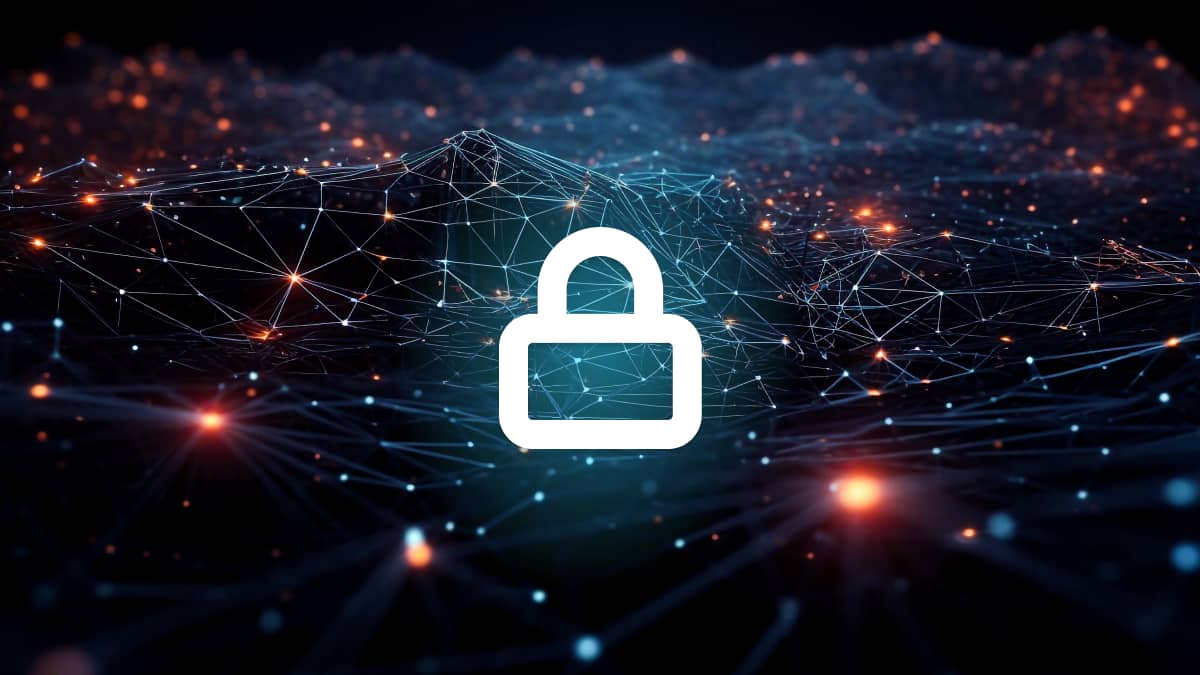In the modern world of work, zero trust security is the holy grail that all organizations aspire to. It’s easy to see why. With a solid framework in place, you can completely eradicate the risk of data breaches and theft.
However, right now, reaching this state of cybersecurity maturity is proving difficult for many. After all, more and more cybersecurity incidents are happening by the year. Even though zero trust is clearly the answer to improving cybersecurity defenses, implementing it can seem like an intangible goal.
There’s no one reason why zero trust is hard to achieve. Factors like budget, resources and internal silos can all impede deployment. However, one unsuspected obstacle holding back zero trust appears to be data loss prevention (DLP). As recent Forrester research shows, most organizations find that their DLP deployments aren’t compatible with zero trust.
As a DLP vendor that actively enhances enterprise zero trust architecture, we felt the need to set the record straight. You see, it’s not that DLP doesn’t support zero trust. In fact, it can supercharge your approach. However, many companies aren’t using the right kind of DLP, as we’ll explore below.
What is DLP?
For those just diving into the world of DLP and zero trust, let’s start with some quick definitions. If you’re already a security pro, feel free to skip to the next section.
DLP is a technology-based strategy for detecting and protecting sensitive data, such as intellectual property, personally identifiable information, and financial information. It analyzes, inspects, and encrypts data at rest and in motion.
These solutions also assist you in monitoring, responding, and protecting against any employee – or unauthorized third party – who attempts to access data without authorization through predefined policies, real-time alerts, and remediation tools.
Here’s a look at how DLP works in real-time:
- Discovery: Using automation and data classification, DLP discovers and monitors sensitive data in your network.
- Identification: Through real-time monitoring, DLP identifies a threat to data security based on predefined policies.
- Sounding the alert: The solution alerts the security team to the threat for visibility.
- Enforcing remediation: At the same time, DLP automatically encrypts the data in question to prevent a data breach.
- Reporting: To meet compliance standards and audit requirements, DLP provides reporting functionality so organizations can prove that data is being used correctly and any incidents have been avoided.
What is zero trust?
Zero trust security is an IT security model based on the idea that organizations should validate every person and device attempting to access their systems and data, regardless of whether they are inside or outside the network perimeter. In essence, it is the belief that no digital entity can be trusted to be who they claim to be.
Zero trust architecture uses numerous tools to continuously monitor and authenticate users and devices. The aim is to ensure users only access what they need, while verifying that users attempting to access corporate data are genuine. To do this, the model encourages continuous authentication of access requests rather than validating users once.
Mature zero trust deployments rely on organizations having a thorough understanding of their services and users in order to efficiently monitor and moderate access requests in real-time, depending on whether the user appears suspicious.
Zero trust has become an essential component of effective security in the cloud-first, remote working world. With more people – and data – outside the network perimeter than ever before, ensuring that users are who they say they are is critical to avoiding a costly data breach.
How legacy DLP holds back zero trust
On first glance, zero trust and DLP sound like a match made in heaven. Both are focused on enhancing data security and verifying users. However, zero trust is firmly based in the modern world of work. It’s designed to help organizations safeguard their information as it moves across cloud applications and disparate endpoints.
Trouble arises when organizations try to embrace zero trust while relying on legacy DLP tools; ones that are focused on endpoint and network security, instead of protecting data in SaaS apps.
It’s our suspicion that a whole bunch of organizations struggling to integrate DLP and zero trust are still relying on legacy solutions like these. Here’s a closer look at why traditional DLP undermines zero trust.
Omitting SaaS apps
Today’s enterprise tech stacks are a complex jumble of cloud apps, code repositories and end user devices in disparate locations. In this paradigm, the traditional network perimeter doesn’t exist anymore. As we know, zero trust advocates that organizations treat every new device and identity as a new security perimeter.
And that’s exactly where legacy DLP trips up. It just can’t do it. These solutions are entirely focused on protecting data within the boundaries of the traditional network perimeter. They don’t possess the functionality to secure data in SaaS apps, meaning they don’t support zero trust.
Complex deployments
Moving towards a zero trust architecture is a complex undertaking that takes time and plenty of skill. Unfortunately, legacy DLP systems can stop security professionals from even embarking on a zero trust venture. Because these tools are so cumbersome to manage and implement, they prevent organizations from ever taking off with zero trust.
Missing out on unstructured data
Legacy DLP solutions use a process known as pattern recognition to discover sensitive data. But pattern recognition can only identify sensitive information when it’s structured. Today, most corporate information doesn’t exist in a structured format. In fact, by 2025, 80% of organizations’ data will be unstructured.
For zero trust to be effective, organizations need to protect data in all its forms. However legacy DLP tools create gaping security holes that make this impossible.
False alarms
Traditional DLP is synonymous with annoying false positives and alert fatigue. In the context of the cybersecurity skills shortage, these solutions often cause more of a headache than they do good. In fact, 66% of organizations say their data loss prevention solutions frequently block employees from accessing data even if they are within policy.
These false alarms can easily stunt user productivity and overwhelm security teams, which undermines the zero trust tenant of seamless, dynamic access.
Manually intensive
Zero trust heavily relies on contextual automation and orchestration for effective data security. But legacy solutions only enable manual data tagging and rule maintenance. In this sense, legacy tools simply aren’t quick enough to keep up with zero trust.
Reimaging DLP for Zero Trust
It’s clear that legacy DLP and zero trust access are in conflict with each other. To enhance security and compliance, organizations must move away from traditional tools and engage with DLP solutions that propel zero trust forwards.
But what does a zero-trust-based DLP tool look like, and how does it overcome the shortcomings of legacy solutions? Well, we’ve created one. Here’s how Polymer DLP empowers zero trust in your cloud apps.
- Data discovery and classification: Once you install our no-code platform (which takes minutes), Polymer DLP uses the power of natural language processing and automation to rapidly scan your cloud apps for sensitive information like PII and PHI in both structured and unstructured formats. It also gives you the option to add unique policies that assist our engine in finding other types of data, like intellectual property.
- Real-time monitoring: The solution monitors your SaaS applications 24/7, providing real-time visibility over where your data is, who’s attempting to access it, and any potential violations that the engine has thwarted. As an added bonus, Polymer DLP also automatically generates compliance-ready reports, so you can easily keep track of audit requirements and policy violations.
- Zero trust access: Polymer DLP uses dynamic, contextual authentication factors to verify users as they request to access sensitive information, analyzing factors like the user’s identity, the activity being performed, the nature of the data, and the file’s type and location to make a risk-based judgment at the speed of light.
- Goodbye alert fatigue: We’ve created a highly-intelligent alert system. Our solution sorts out simple, low-risk policy violations by itself, but if it detects that someone is trying to steal your data, it will sound the alarm so your security team can spring into action.
- In-app security education: Security awareness and education are powerful ways to reduce human error and data leakage. So, our tool comes equipped with a helpful, friendly bot that integrates directly into your SaaS apps. When a user accidentally violates a policy, the bot explains why they blocked their action in layman’s terms, so your user can learn for next time.
Discover how Polymer DLP can propel your organization towards zero trust today. Contact us to find out more, or try a free risk scan to uncover the data security risks in your cloud apps.










